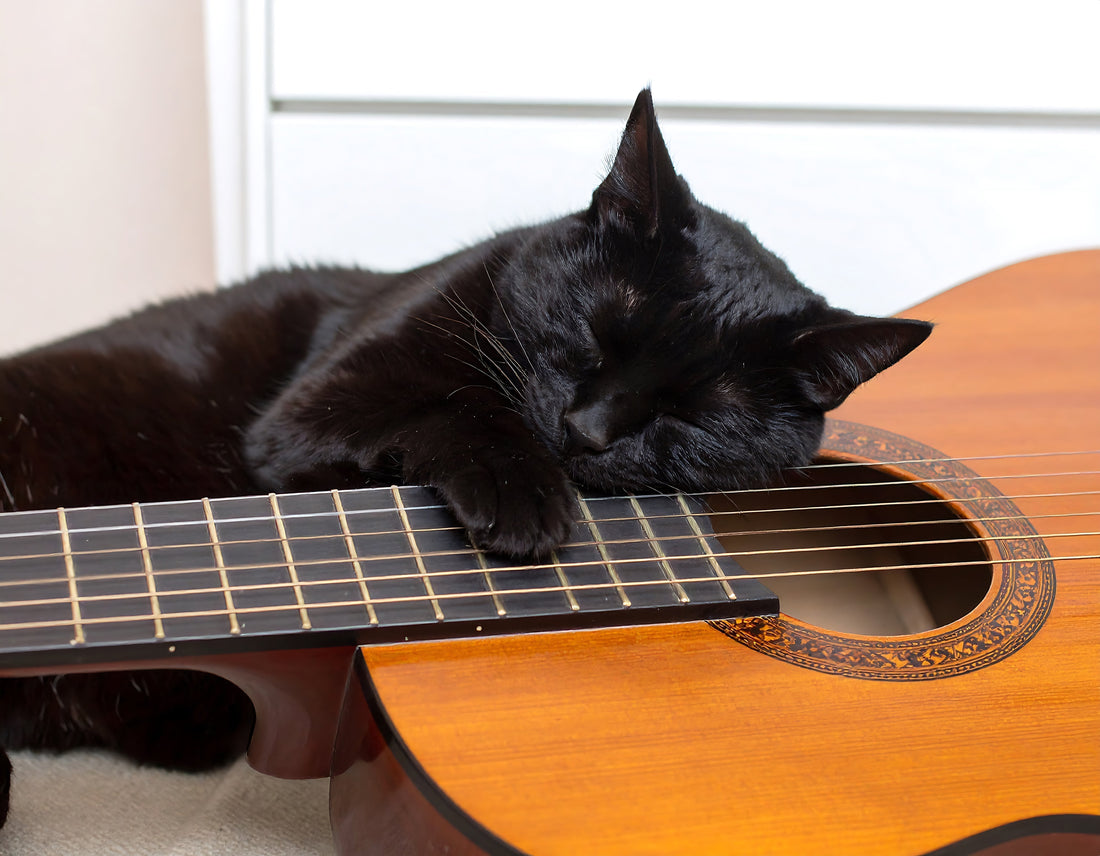
The Surprising Power of Sound: Using Audio to Fall Asleep Faster
Share
You know that moment when your head hits the pillow and your brain just won’t stop replaying the day’s worries? So much for shutting down. You shift, tug at the blanket, your ears catch every creak of the floorboards—it feels impossible to let go.
Here’s the good news: sound is your ally, not your enemy. When chosen thoughtfully to suit your preferences and environment, audio can help quiet the mind, soothe the body, and usher you into sleep faster than counting sheep ever could. Think of a steady hush wrapping around you like a soft blanket, or the gentle rhythm of rain tapping against a window as your breathing begins to match its cadence.
Explore the insights below and see why integrating high‑quality audio into the Chipper Oasis Sleep Mask was a priority for us.
1. How Sound Supports Sleep
Our brains are rhythm machines. Just as upbeat music can fire you up at the gym, calming soundscapes signal your nervous system to relax. Broad-band noises—like white, pink, or brown noise—mask errant disturbances and create a steady, calming sonic blanket.
-
White noise masks environmental sounds and has proven to reduce sleep-onset latency—one hospital study showed it cut the time to fall asleep by up to 38 % when ambient noise was high. (Northwestern Medicine, Sleep Medicine Research Journal)
-
Pink noise, gentler and richer in lower tones, may extend deep slow-wave sleep by about 18 % and trim insomnia sufferers’ time to sleep by 23 %. (Frontiers in Human Neuroscience)
-
Studies also highlight how pink noise can boost deep sleep in older adults and even improve memory and cognitive performance. (Harvard Health Publishing)
-
Music can also be a powerful sleep conductor. Slow, instrumental melodies cue the body into relaxation: reducing cortisol, nudging up melatonin, and boosting slow-wave (deep) sleep, especially among older sleepers or those with insomnia. (National Institutes of Health, PubMed)
2. The Sound Palette: Choosing Your Sleep Instrument
-
White Noise: Even-volume across all frequencies—the static hum of a fan. Excellent for neutralizing sudden sounds or chatter in noisy settings. (Journal of Caring Sciences)
-
Pink Noise: Softer, earthier. Evokes rain or gentle waterfalls. Linked to deeper sleep and improved restfulness. (Frontiers in Human Neuroscience)
-
Brown Noise: Heaviest on lower frequencies—think thunder or deep sea rumble. Often chosen by those seeking calm or deep resonance. (Sleep Health Journal)
-
Audiobooks and News: Listening to a familiar voice reading an audiobook or even a nightly news recap can give your mind something neutral to focus on, helping it disconnect from the day’s challenges and ease into rest. (Sleep Medicine Reviews)
Everyone’s ears—and rhythm—are different. Some may find white noise more effective at sleep onset, while others lean into pink noise to stay asleep longer. (Frontiers in Psychology)
3. The Habit of Sound: Conditioning Your Brain
The real magic? Consistency. When you pair a specific sound with bedtime, your brain learns the cue—"Ah, it's time to rest." Over time, the audio becomes its own conductor, guiding your mind toward slumber. (Sleep Medicine Reviews)
4. Why Sound and Light Together Work Best
If light keeps puncturing your darkness, or if that neighbor’s TV breaks your flow, combining an eye mask with sound is a game-changer:
-
Meta-analyses show sleep masks (alone or with earplugs) are among the most effective interventions for improving sleep quality—especially in disruptive environments like airplanes, hotels and urban environments. (Sleep Medicine Reviews)
-
Even when sleep duration doesn’t change, wearing eye masks can improve next-day alertness, memory, and learning performance. (Journal of Sleep Research)
The Chipper Symphony: Sound + Light in Perfect Harmony
Enter the Oasis Sleep Mask—designed to be your sleep conductor. Slip it on, dim distractions, cue your favorite sound: whether it's rain, gentle pink noise, guided breath, or a calming instrumental. The knit band hugs softly around your head, the mask shields away lingering light, and the speakers fill your personal cocoon with a gentle soundscape. It’s not just about blocking the world—it’s about orchestrating your rest.
Because sleep shouldn't feel like a chore. It should feel like a performance—your mind unwinding, your body recharging, all in harmony—so you can step into your day ready to perform at your best.
Wake Up Ready, Wake up Rested, Wake Up Chipper.
